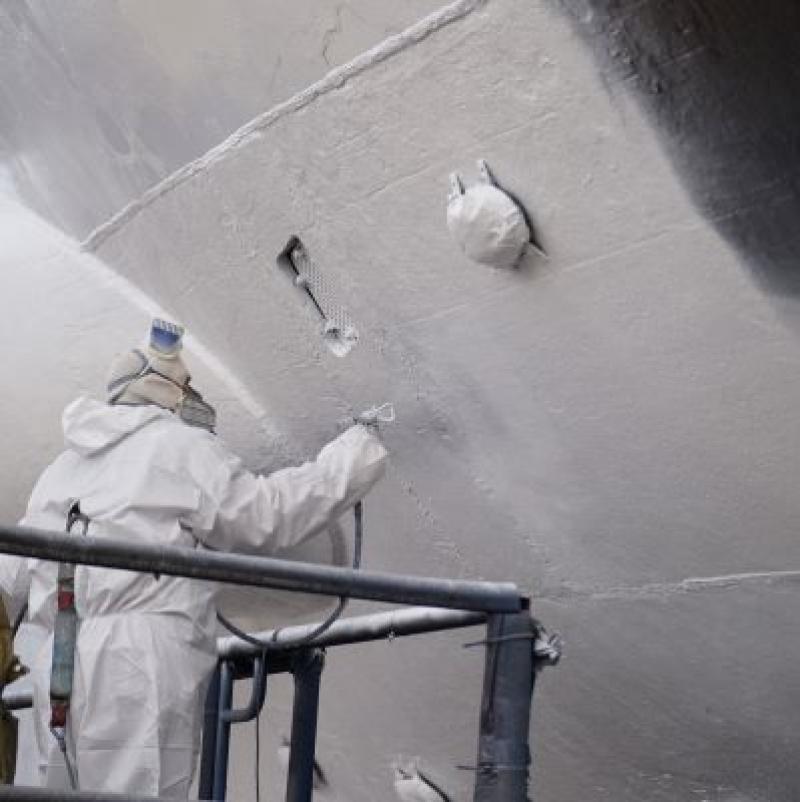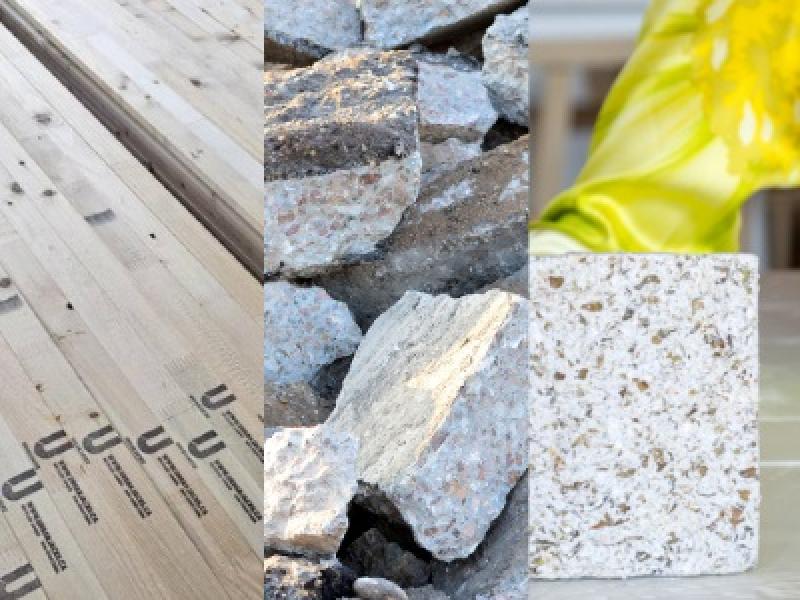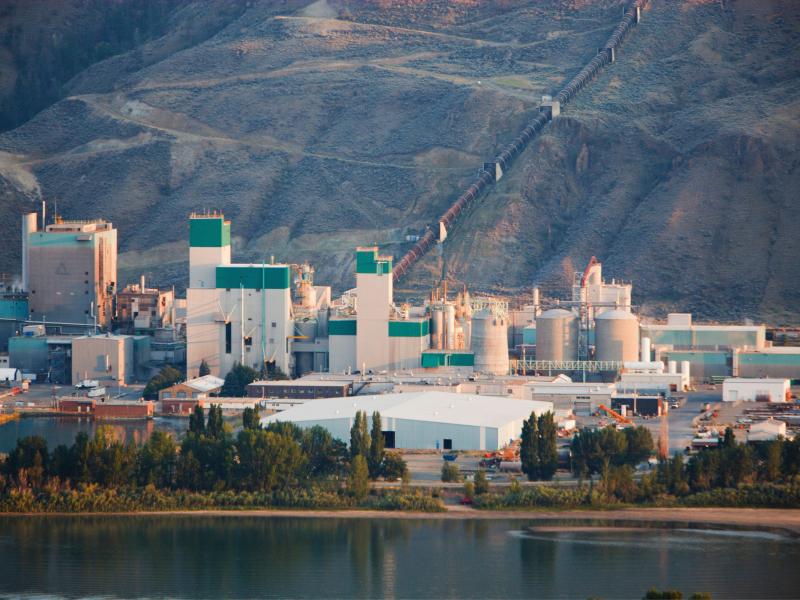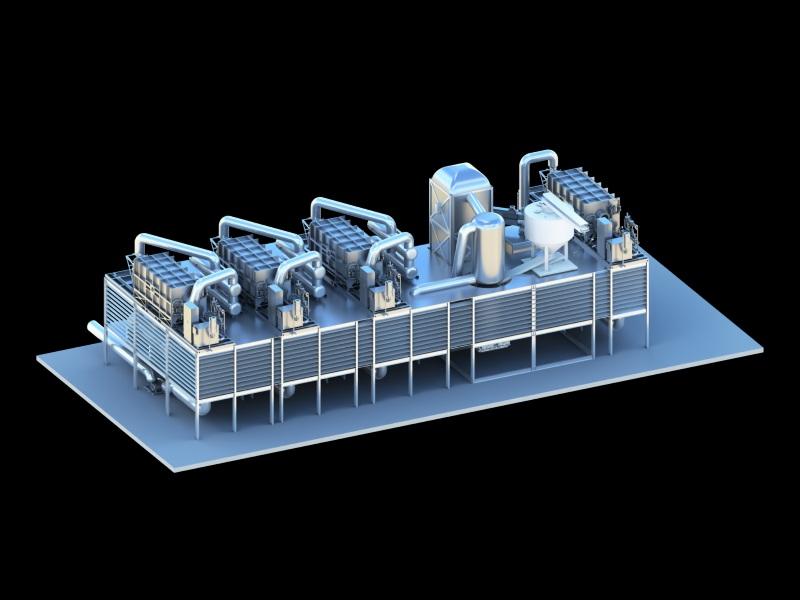
Graphite Innovation and Technologies (GIT), a Dartmouth, N.S.-based company behind a ship coating that increases fuel efficiency, has received a $10.2-million investment led by BDC Capital’s Climate Tech Fund to scale up its production and marketing.
GIT was co-founded in late 2016 by its CEO Mo AlGermozi and Marciel Gaier, who were researching the potential of graphene-based anti-corrosion coatings and their industry applications at Dalhousie University. The GIT team realized its efforts could be used in the shipping industry after a Dalhousie professor tested the coating against industry competitors and spoke highly of its qualities.
The graphene-based marine coating for hulls and propellers increases their smoothness, reducing fuel consumption and greenhouse gas emissions, while also minimizing toxin leaching.
The shipping industry is responsible for approximately two per cent of global carbon dioxide emissions, according to the International Energy Agency, almost all due to the oil-based fuels that power the vessels.
AlGermozi, who spoke to SustainableBiz, said while progress is being made on sustainable fuels and boat design, innovations like GIT's can also play a critical role in decarbonization.
“The lowest hanging fruit for the shipping industry – the ready-use technology – is coating. Other technologies like shifting to new fuels is down the road, but what can we do to reduce CO2 (carbon dioxide) emissions now?” he said.
The BCD's funding
BDC Capital’s Climate Tech Fund supports Canadian innovators in the climate tech space.
Matt Stanley, a partner at BDC Capital’s Climate Tech Fund who also spoke to SustainableBiz, said BDC Capital was drawn to GIT because it has an interest in Canada-made solutions to decarbonize the shipping industry, and coatings need to be applied universally to every vessel.
The investment was made in collaboration with a global syndicate of climate, ocean and maritime investors including Seventure Partners’ Blue Forward Fund, Stolt Ventures, Farvatn Venture, Melancthon Capital, Invest Nova Scotia and other investors.
Stanley said GIT has “done extremely well to go from a concept of developing this novel coating, to be able to get this coating on vessels, to be able to demonstrate real commercial traction and early-stage commercial revenue.”
GIT’s marine vessel coating
Coatings are applied on a marine vessel to protect its moving parts like the hull and propeller from corrosion and fouling, which is when organisms like barnacles attach to the boat. Fouling increases the drag, which in turn increases the vessel’s power and fuel needs, and the corrosion of coatings releases toxins into the water that kill marine life.
Graphene is a carbon-based material that has caught the attention of multiple industries for its strength and sustainability applications. AlGermozi said graphene is used in GIT’s coatings to enhance its durability and smoothness compared to conventional coatings. When applied, it helps vessels move around 15 per cent smoother than other coatings on the market, he said.
Because ships have improved hydrodynamics, GIT says it can boost fuel efficiency by up to 20 per cent, depending on the vessel. The coating’s qualities were verified by Lloyd’s Register and by experts and organizations that address boat fouling.
GIT’s coating sheds the hull fouling by self-cleaning as it glides through the water, rather than killing the organisms. Because the graphene-based coating does not leach into the water, there is no release of copper, silicon oils or plastics. Copper can be responsible for a phenomena called dead zones, and silicon oils and plastics poison marine life.
The coating stays at the same thickness after five years, AlGermozi said. GIT also undertook a life-cycle analysis of the coating and emphasized sustainability from sourcing to end of life.
Stanley summarized GIT’s coating’s benefits: “You’re improving fuel efficiency as a result of that; saving the vessel operators money; and also ultimately significantly reducing GHG (greenhouse gas) emissions associated with the actual use of the coating itself over five to 10 years.”
GIT serves clients around the world, specifically Europe and the Asia-Pacific region, according to AlGermozi. Around 60 per cent of its business is global and 30 to 40 per cent is in North America.
Stolt Tankers, one of the world’s largest operators of chemical tankers, recently announced it would apply GIT’s coating on 25 of its vessels after a trial that showed a significant reduction in fuel use.
GIT’s future
With the investment, GIT plans to increase its Dartmouth, N.S.-based manufacturing to one million litres per year (an eight-fold jump) to meet emerging demand, while also bolstering its sales and marketing capabilities. It also seeks to build a new, zero-carbon production facility powered by renewable energy.
GIT’s ambition is to be “everywhere,” AlGermozi said, including a possible manufacturing expansion into Europe during the next three to five years.
Editor's note: BDC Capital provided more details about the investors involved in the investment.










